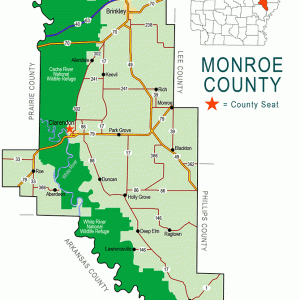 Monroe County Map
Monroe County Map
Entry Type: Thing - Starting with M
 Monroe County Map
Monroe County Map
Monte Ne Railway
Montgomery County Courthouse
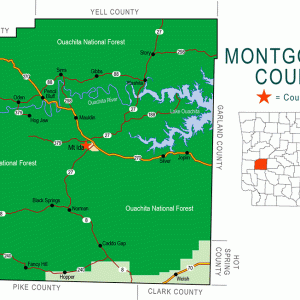 Montgomery County Map
Montgomery County Map
Monticello Confederate Monument
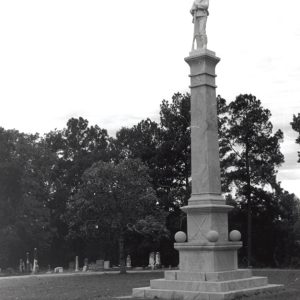 Monticello Confederate Monument
Monticello Confederate Monument
Monticello Post Office (Historic)
Monument to Confederate Women
 Monument to Confederate Women
Monument to Confederate Women
 Monument to Confederate Women
Monument to Confederate Women
 Moon Tree
Moon Tree
Moon Trees
 Moondog Albums
Moondog Albums
 "Moondog Monologue," Performed by Moondog
"Moondog Monologue," Performed by Moondog
 Moonshine Still
Moonshine Still
 Frank Moore Memorial
Frank Moore Memorial
 Frank Moore Tombstone
Frank Moore Tombstone
Moore v. Dempsey
Moore-Jacobs House
Moorefield School
 MoPac Locomotive
MoPac Locomotive
Morals and Dogma of the Ancient and Accepted Scottish Rite of Freemasonry
 Moran Knife
Moran Knife
Morgan Nick Alert
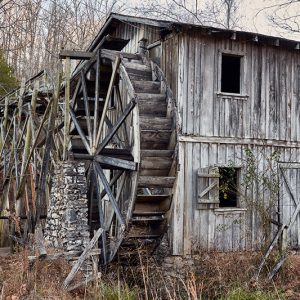 Morgan's Mill
Morgan's Mill
 Morgan's Mill Commemorative Plaque
Morgan's Mill Commemorative Plaque
 Moronids
Moronids
Morrilton Male and Female College
Morrilton Post Office
 Morrilton Post Office
Morrilton Post Office
Morrilton School District No. 32 et al. v. United States of America
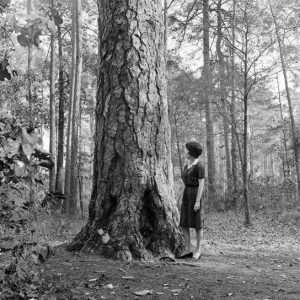 Morris Pine
Morris Pine
Morrison Plantation Smokehouse
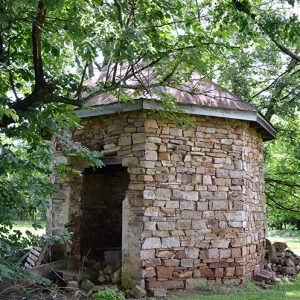 Morrison Plantation Smokehouse
Morrison Plantation Smokehouse
 Morrison Fiddle
Morrison Fiddle
Mosaic Templars Cultural Center
 Mosaic Templars of America Seal
Mosaic Templars of America Seal
 Mothers' League of Central High School Flyer
Mothers' League of Central High School Flyer
Mount Bethel Winery
Mount Ida Cities Service Filling Station
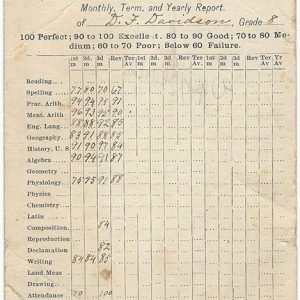 Mount Pleasant Academy Report Card
Mount Pleasant Academy Report Card
Mount Pleasant Methodist Church
Mount Sequoyah Cottages
 Mount Sequoyah Cottages
Mount Sequoyah Cottages
Mountain Fork River
aka: Mountain Fork of the Little River
Mountain Home Cemetery, Historic Section
 Mountain Meadows Massacre Monument
Mountain Meadows Massacre Monument
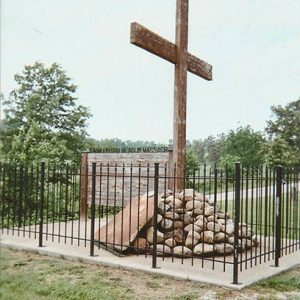 Mountain Meadows Massacre Monument
Mountain Meadows Massacre Monument




